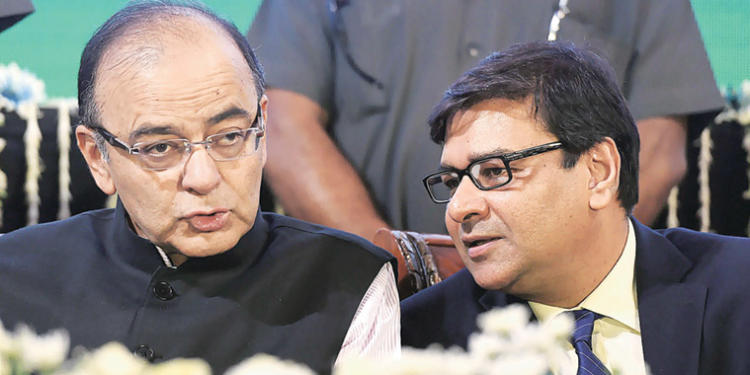Indian media is well known for sensationalising issues. To attract more eyeballs, media organisations exaggerate everything and make sensational headlines. The print medium is relatively better but many websites and almost all the television channels are more of Ekta Kapoor serials, rather than being platforms for sensible coverage and informative reporting. The left-liberal media establishment collaborates with the opposition which has nurtured and nourished it since the days of state monopoly over media, and helps to make an anti-incumbent consensus. Since PM Modi came to power, every single issue which could hurt the party and the government was hyped to some serious extent. Be it the ‘intolerance’ debate, institutional autonomy of courts and investigation agencies or the latest tussle between the finance ministry and the Reserve Bank of India.
If we take a holistic view of government-RBI relations in last four years rather than be focused on ongoing tussle, it seems that the relations between the finance ministry and the Reserve Bank of India have been healthy in comparison to other regimes. Government on its front has strengthened the autonomy of RBI while the central bank on its part has been able to keep the inflation low. The government brought Monetary Policy Committee bill in June 2016 and constituted a committee to look after the policy rates. Currently, the Committee consists of 6 members with equal representation from RBI and the government. The Committee is tasked with keeping the inflation in the range of {4(+-) 2} percent. Each member of the MPC can vote to increase/decrease interest rate (repo rate) depending on the technical input and personal view. However, the RBI governor, who also is a part of the MPC, has the supreme authority over policy rates. This way the government has made the task of RBI easier and democratised the institution without weakening it. The most important thing with current MPC is that the government nominates the prominent people from academia and field experts to be its member rather than politicising the institution.
The ongoing tussle between the finance ministry and RBI is neither unique to the present regime nor to the country. In all the healthy democracies and big economies around the world, government and central bank do have differences over the policy rates. The government seeks for low policy rates to boost credit while central banks seek to move on more cautioned lines and prioritise low inflation and stability. In India, previous RBI governors Y V Reddy, D Subbarao and Raghuram Rajan had differences with finance ministers, P Chidambaram, Pranab Mukherjee and Arun Jaitley. The tussle between two institutions (RBI &Finance Ministry) is also not unique to any political party or government as finance ministers of both UPA as well as NDA government has had differences with RBI governors over policy rates and many other issues. The RBI and government’s differences are also not a 21st century phenomena either. In less than a decade after independence, T T Krishnamachari (TTK), finance minister in the second term of Nehru government had serious differences with the then RBI governor B Rama Rau over monetary policy. TTK wanted RBI to manage the monetary policy in such a way that it could suit the ‘Five year plan’ of Nehru government to which Rau did not agreed. Ultimately, Rau had to resign because Nehru backed TTK over the issue.
This was the first and the only resignation of Reserve Bank of India’s governor over the matter of policy differences till date. The so called liberal PM Nehru whom left-liberal establishment worships for ‘respecting everyone’s opinion’ was responsible for the only resignation over policy differences. The left-liberal media establishments which allege that Modi government wants to weaken independent institution do not show these truths. In the last four years, Modi government has helped RBI to better regulate the banking sector. The monumental step of Insolvency and Bankruptcy Code (IBC) has helped in finding solution to bad loans for which UPA and lax regulation by RBI had been responsible. But the media is too busy in making a hype of the RBI-government tussle and misses out all the positive developments.































